Help Bees By Planting These Easy-To-Grow Flowers In Your Spring Garden
One of the best ways to help the bee population grow is by providing them with plenty of food. You can easily do this by planting bee-friendly flowers in your garden. Also, be sure to avoid using pesticides and make sure there is a water source nearby to help them stay healthy. There are several varieties of plants that are sure to attract bees to your garden and help these busybodies pollinate the fruits and vegetables we love to eat. Bees are a critical part of pollination and produce all kinds of plants that fuel our day-to-day lives.
Goldenrod
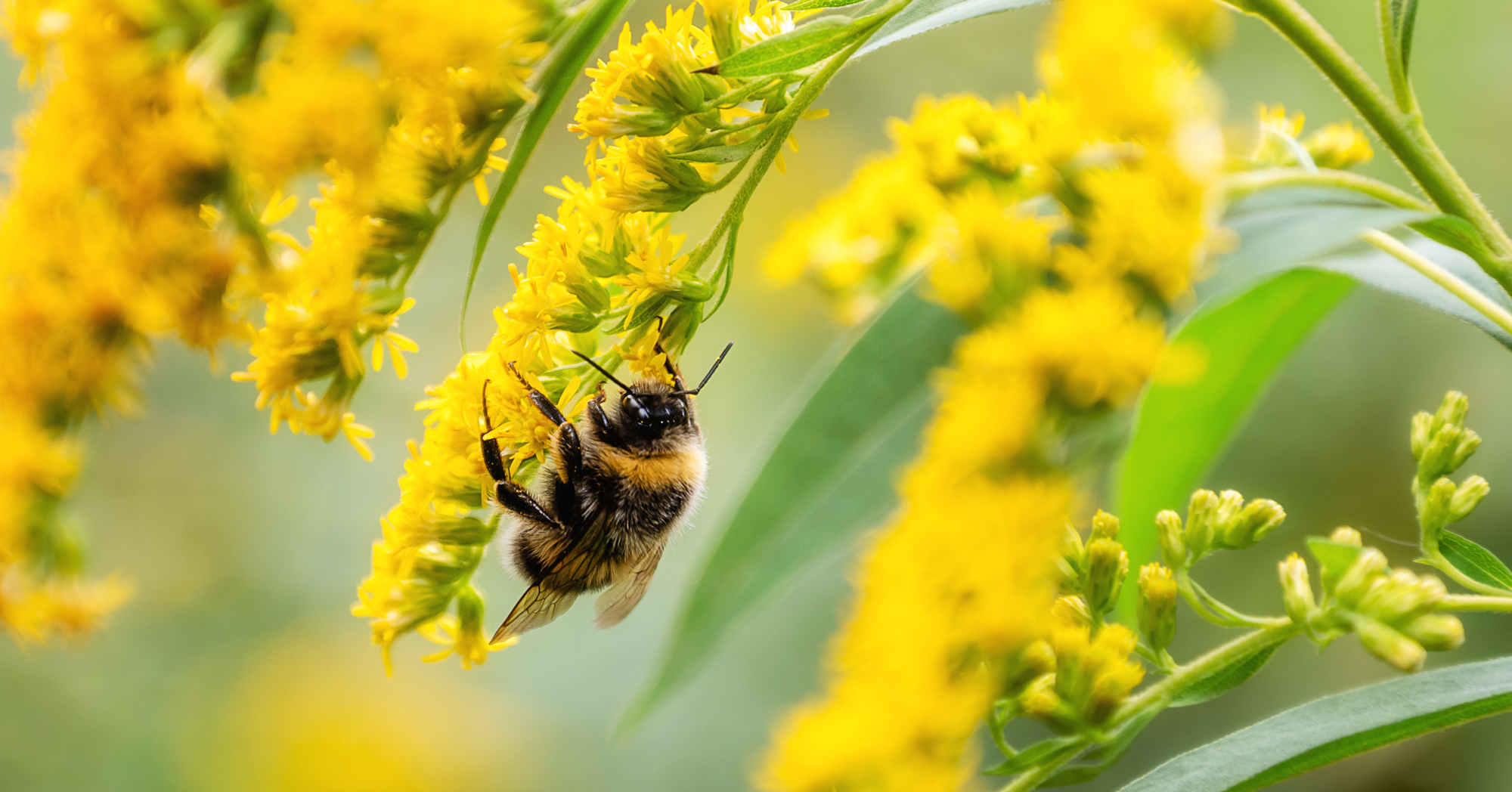
Solidago, or Goldenrod, produces long stems of bright yellow flowers that bloom in late summer and early fall. They are a valuable nectar source for bees as they prepare for winter. Combining Goldenrod with other plants that bloom earlier in the summer is a great way to ensure bees have plenty of food all throughout the summer. These also provide a nice contrast to most of the other pink and purple flowers that bees are attracted to.
Echinacea
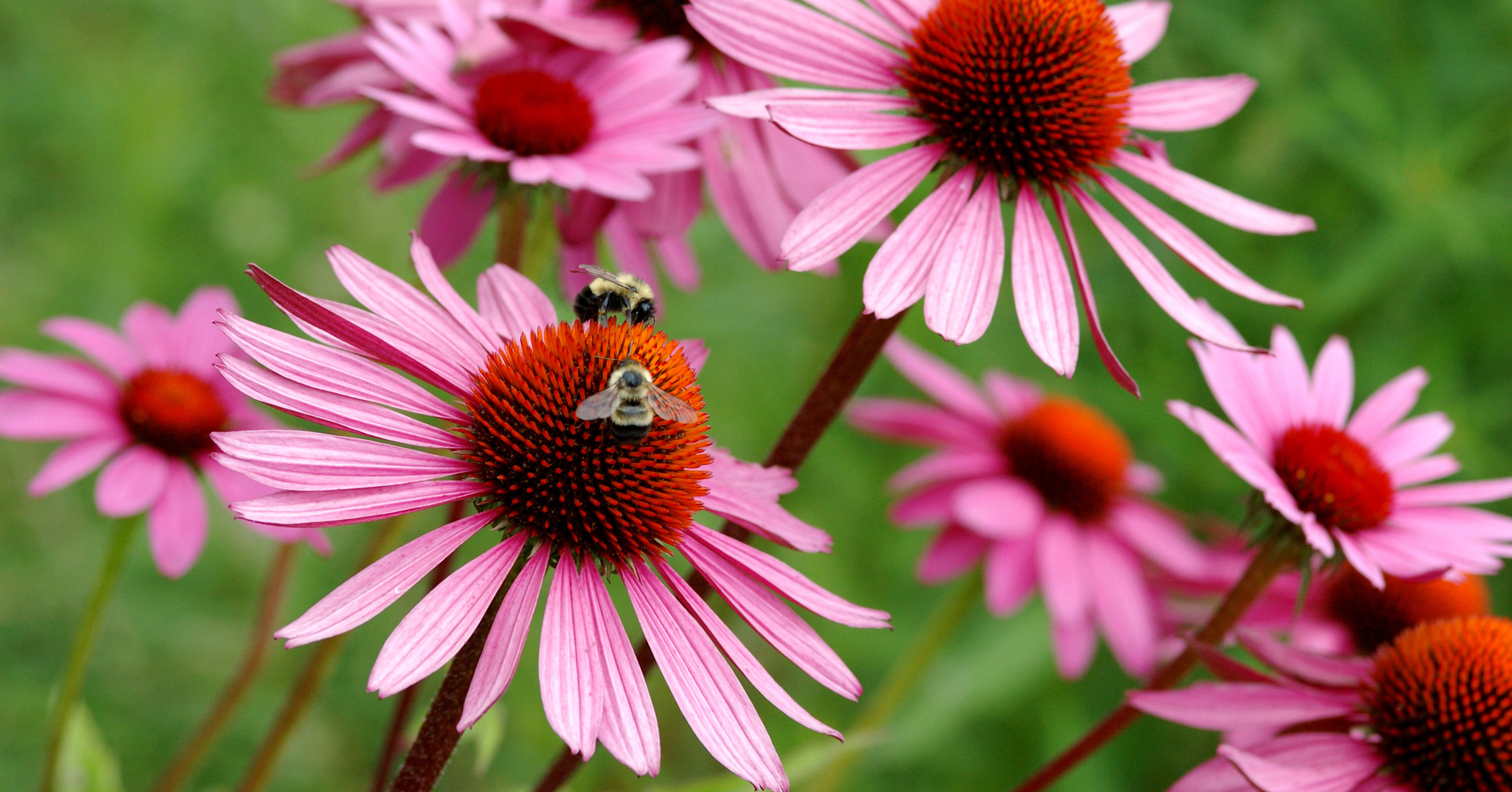
These daisy-like Coneflowers definitely attract bees. They have plenty of pollen and nectar in their cone shaped center. People can actually eat Echinacea as well and it is often used in herbal remedies for colds and other infections. It grows well in dry and hot climates and is quite easy to care for.
Borage
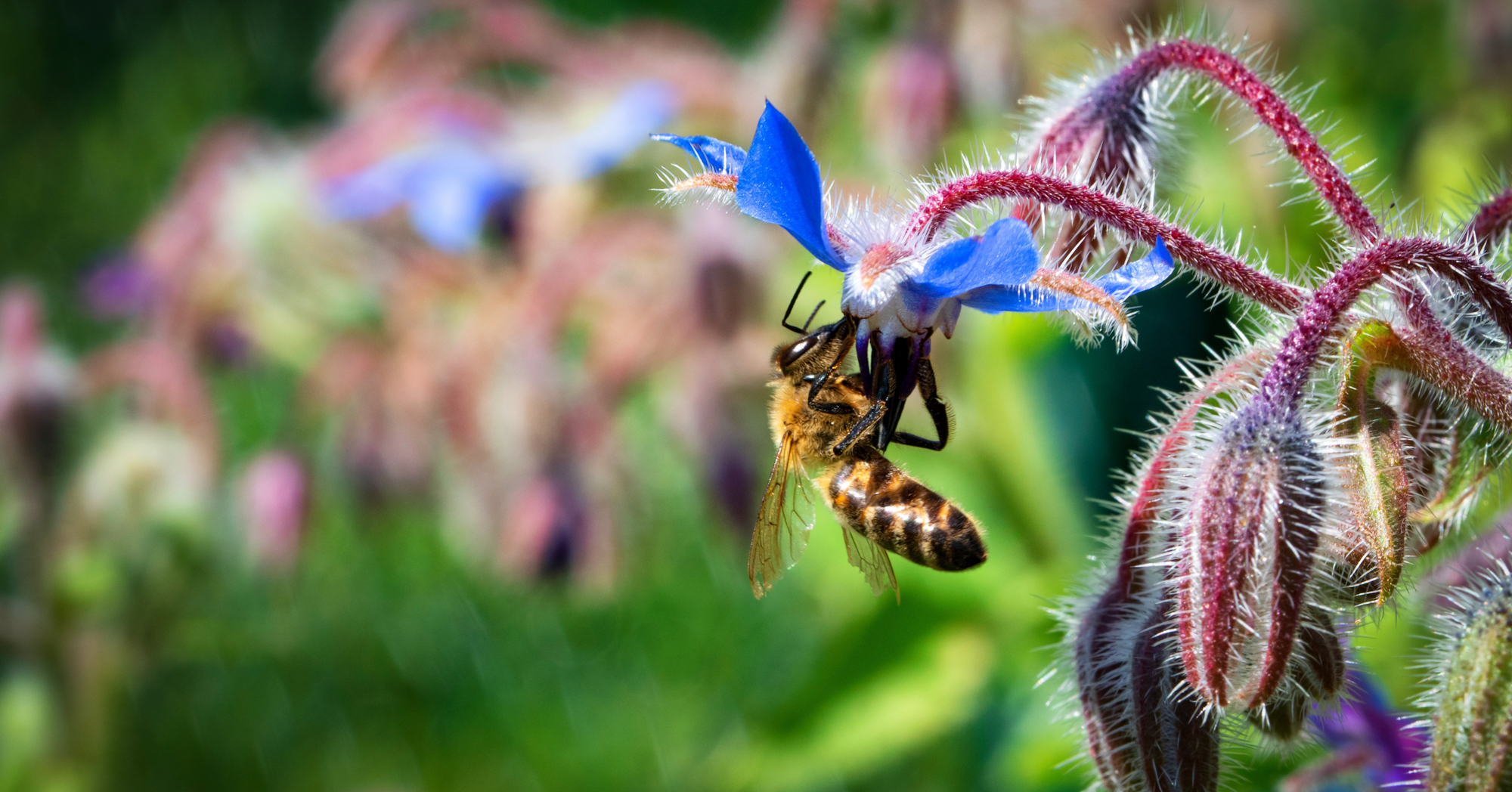
Borage has unique blue, star-shaped flowers. As expected, the flowers are rich in nectar making a popular choice for bees. Borage plants have a long blooming period so they are great at providing a food source for bees. Deadheading the flowers regularly will encourage these plants to continue producing more flowers.
Bee Balm
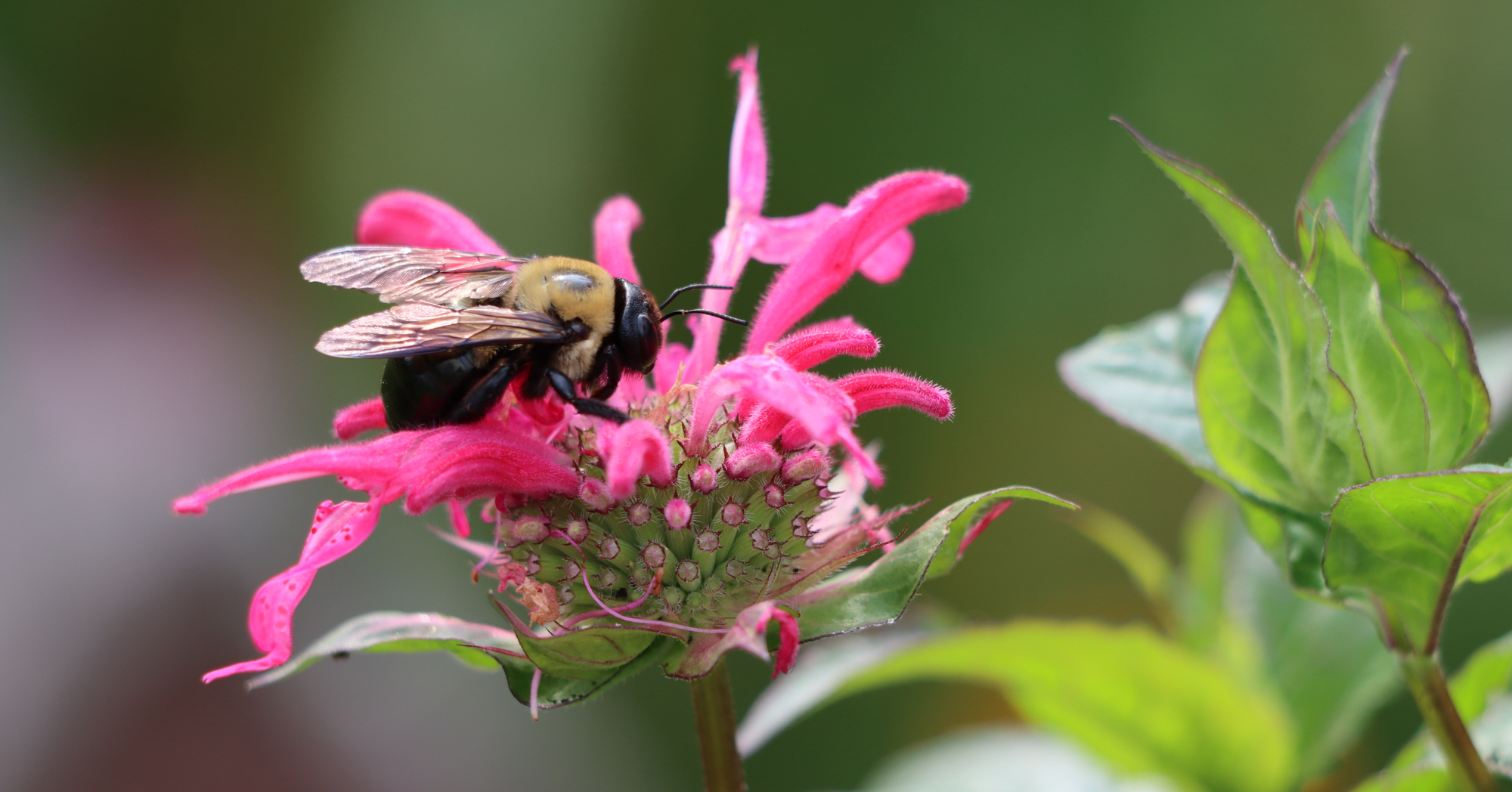
Monarda, also known as Bee Balm, is a favorite flower for many bees, as the name suggests. This plant produces clusters of tubular flowers that are rich in nectar and come in various shades of pink, red, and purple. Bee Balm also tends to attract a lot of butterflies and hummingbirds as well, so it's a great option if you want to encourage some wildlife to come to your garden.
Lavender
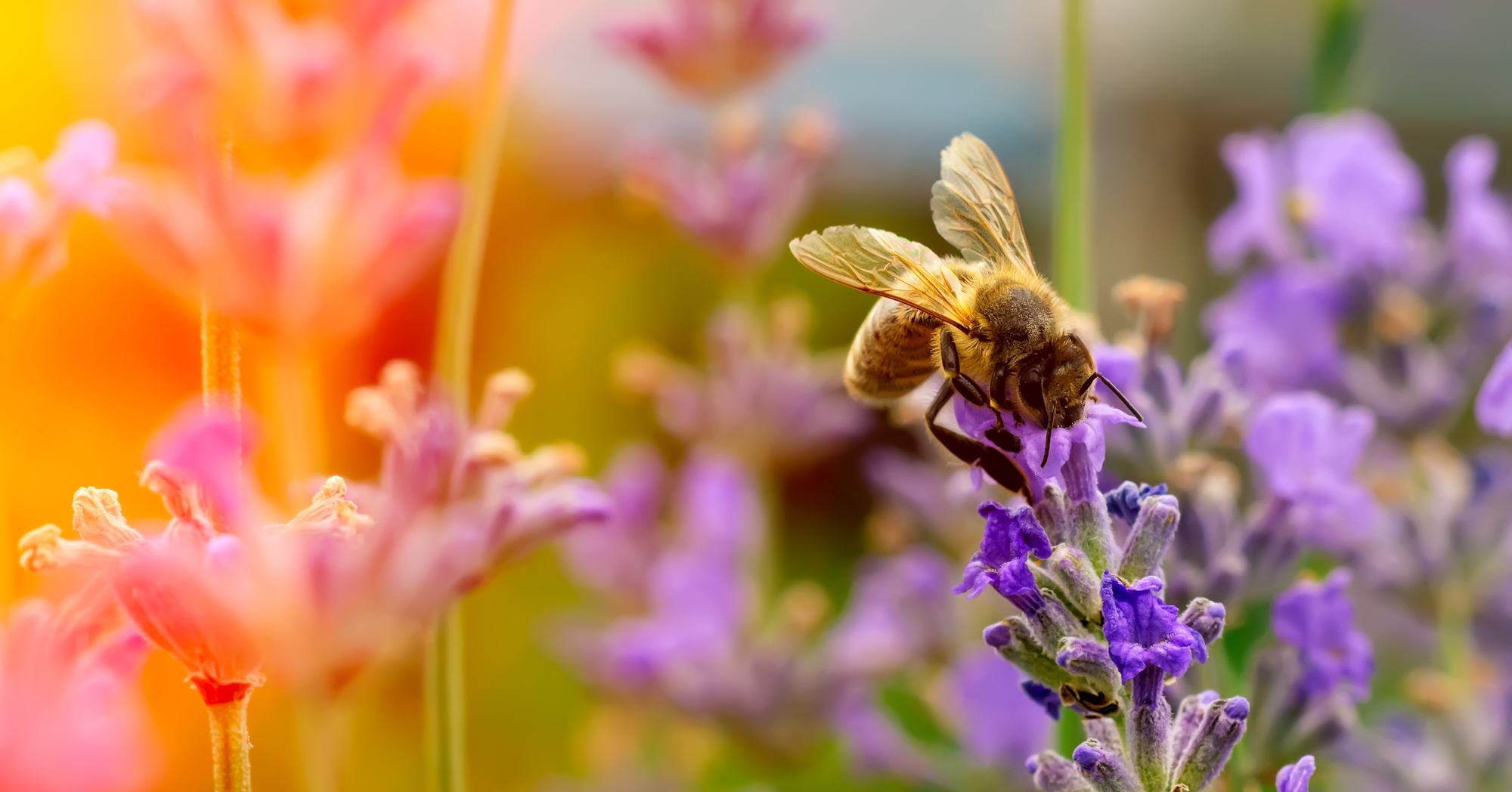
Bees are attracted to the very fragrant flowers of Lavender. These vibrant purple blooms are rich in nectar making them a favorite for many bee species, especially bumblebees. Lavender has a number of other uses too from fragrances to cooking and even helping to soothe bug bites. It can easily survive in full sun and is generally considered to be easy to grow as long as it's planted in well-draining soil.
Catmint
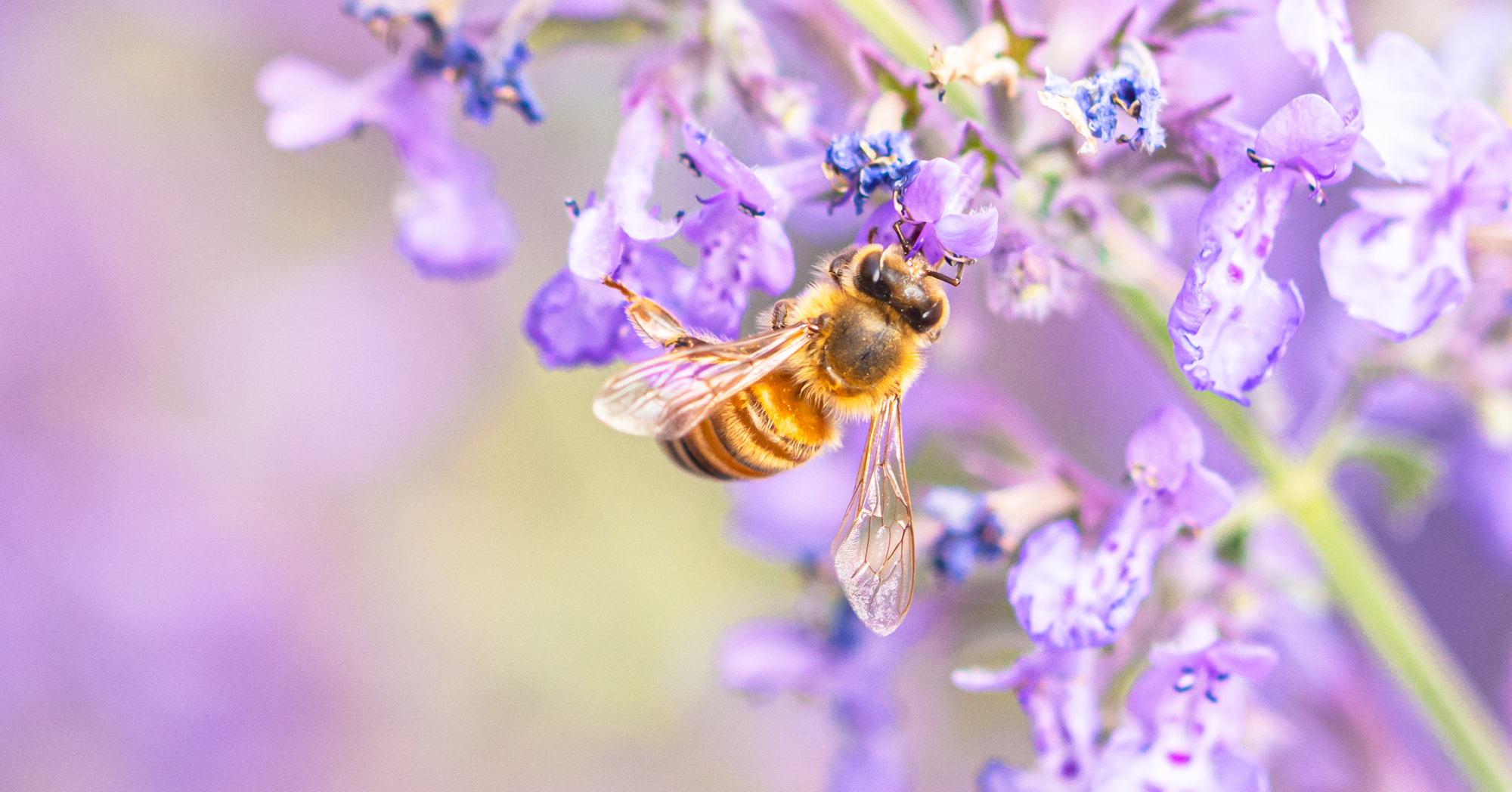
Another popular plant for attracting bees to your garden is Catmint (Nepeta). This plant produces clusters of small, lavender-blue flowers that are very appealing to bees. It is very heat resistant and low maintenance and will attract bees all throughout the summer. For those in areas with limited access to water or in very dry climates, this Catmint is a great option.
Salvia
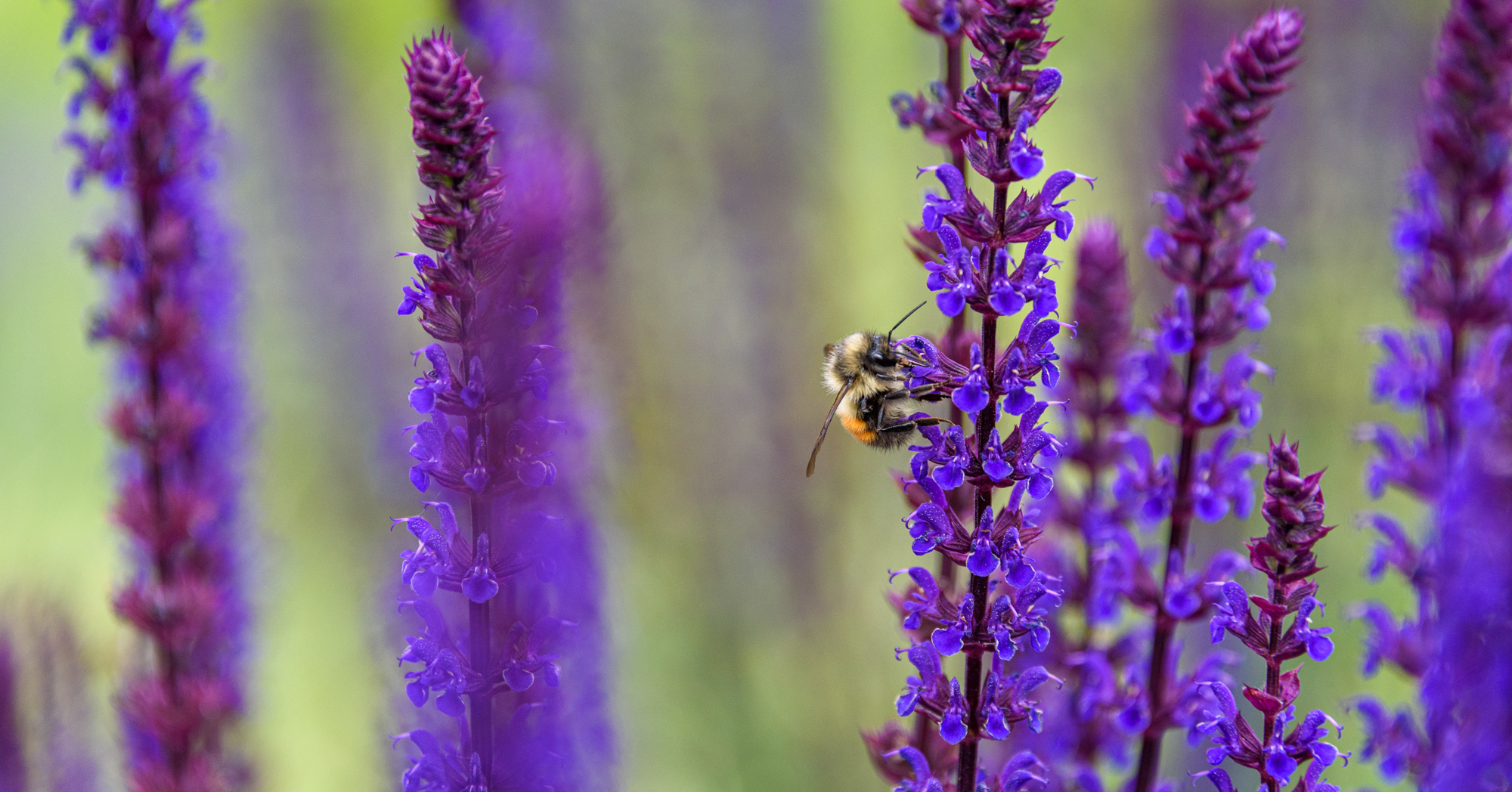
Often mistaken for Lavender, Salvias have beautiful purple flowers with abundant nectar and are quite attractive to bees. Different species, such as Salvia officinalis (Common Sage) or Salvia nemorosa (Meadow Sage), offer a variety of flower colors and shapes. The flowers are quite aromatic which helps attract the bees but deters deer and rabbits from munching on them.
Penstemon
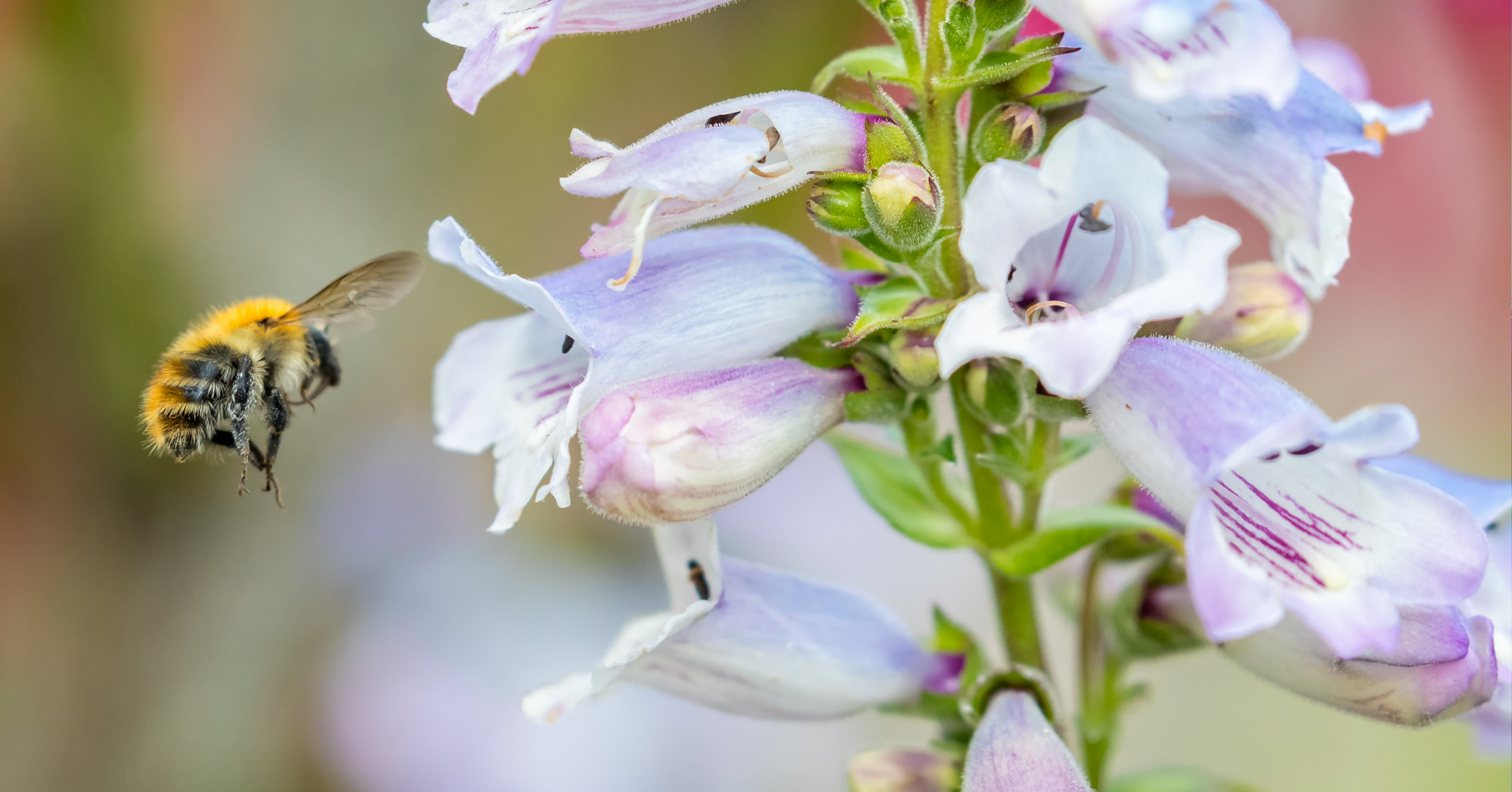
Penstemon flowers come in a variety of reds, pinks, purples and white. They have long tube-shaped flowers that are very attractive to bees as well as hummingbirds, butterflies, and other pollinators. These are tough plants that can withstand harsh growing conditions. You'll find them to be easy to care for and a stunning addition to your garden.
Rosemary
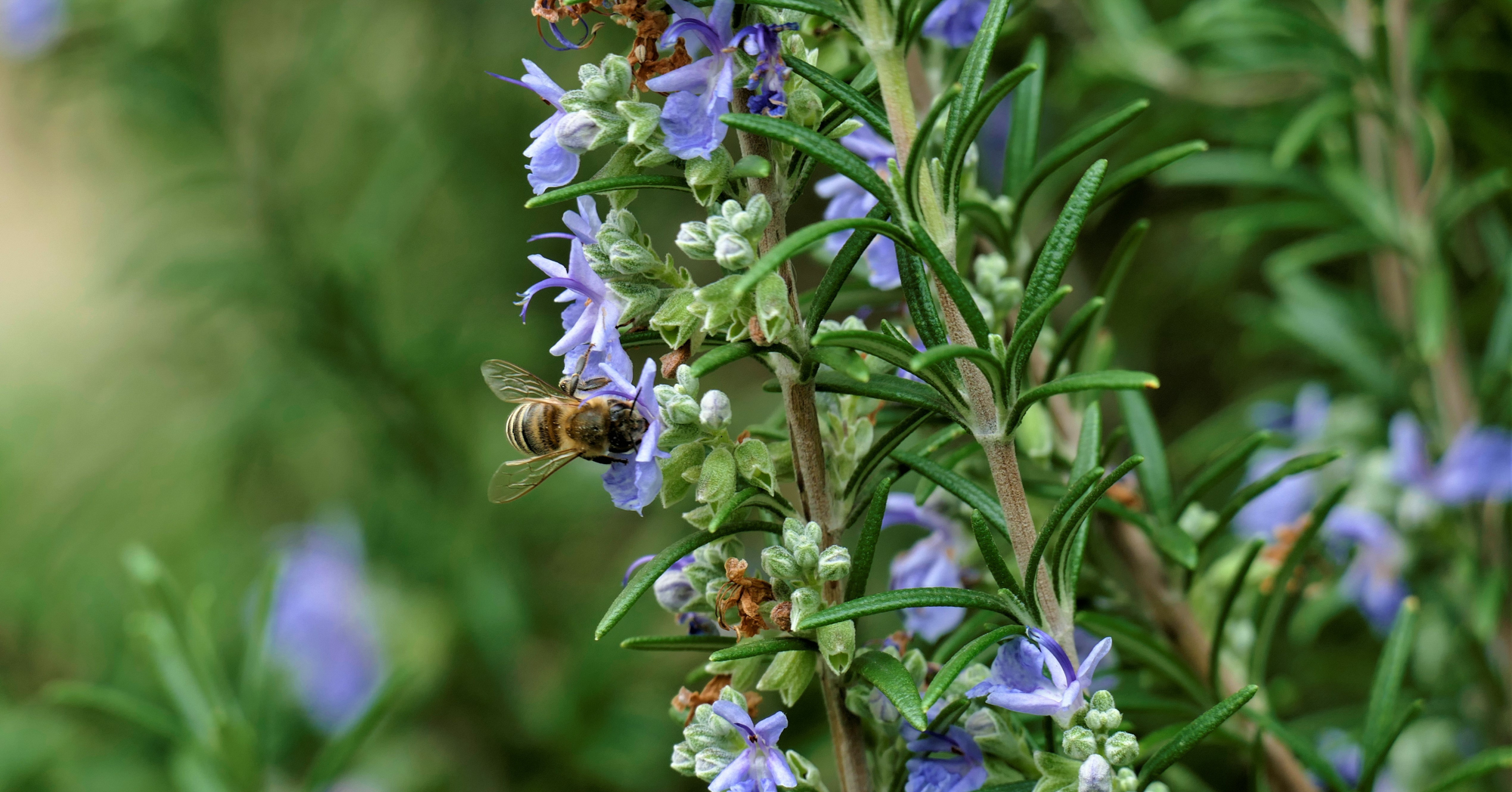
If you want to grow herbs and attract bees at the same time, Rosemary is a great option. This drought-tolerant plant has delicate purple-blue flowers that attract bees and provide them with both nectar and pollen. Rosemary has many uses in the kitchen so you can freshen up some dishes for yourself as well as feed the bees.
Sunflower

Not surprisingly, bright and happy sunflowers are also a bee favorite. These flowers range in size, from small to gigantic, and the amount of pollen they produce varies as well. Like many other plants, the pollen contained in sunflowers provides protein that the bees need for energy. Any type of sunflower will help attract more bees to your garden.
Gorgeous, Self-Seeding Flowers You'll Only Have to Plant Once
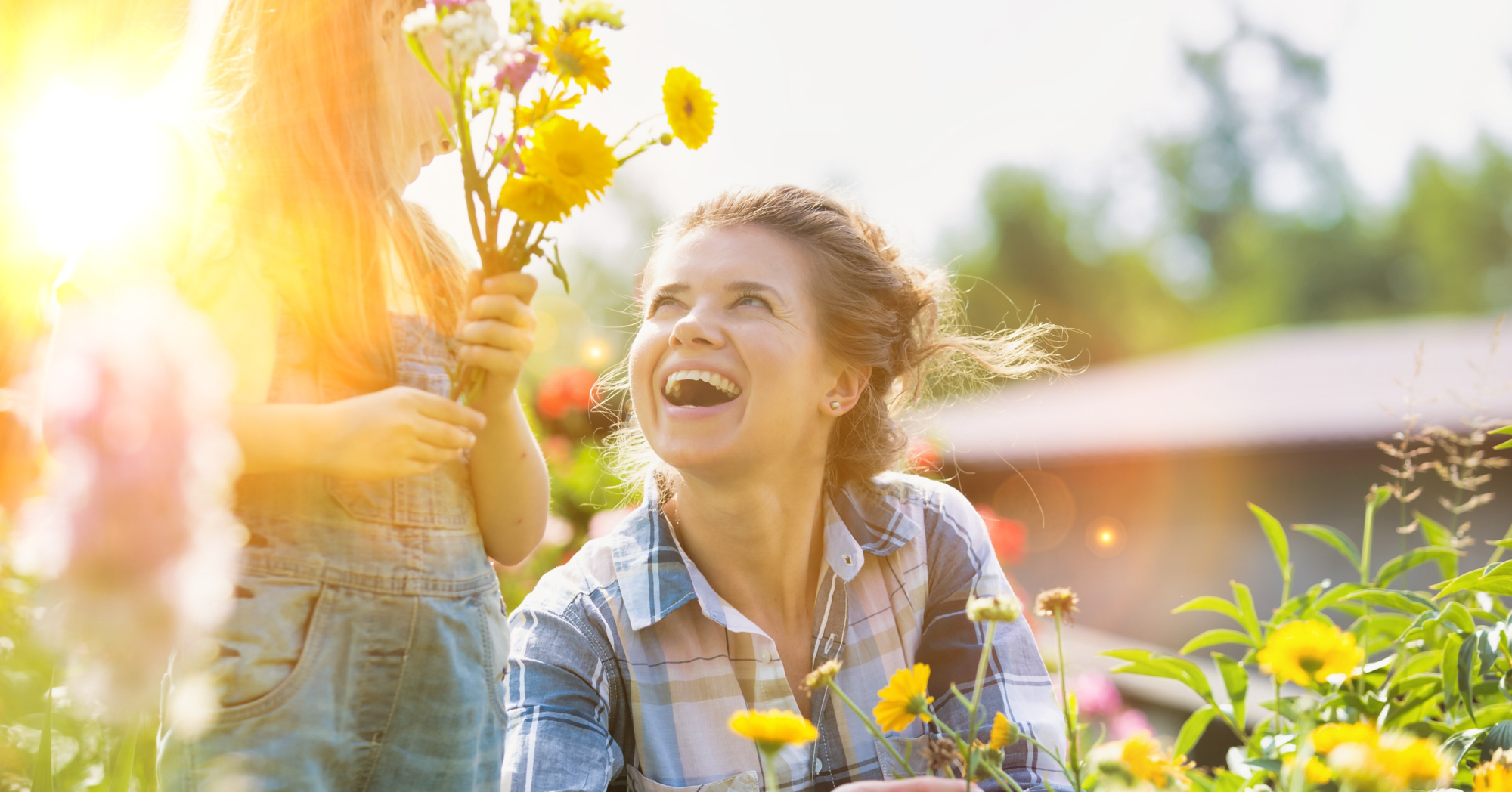
Growing flowers from seeds is an inexpensive and great way to grow annuals (plants that only live for one year). However, just because you plant them once doesn't mean you'll have to re-plant them each. Some plants self-seed quite easily and will come back year after year with very little effort on your part. Many of these flowers also attract pollinators, such as bees and butterflies, to your garden.
12 Popular Plants to Absolutely Avoid Growing In Your Garden

While gardening can be fun, make sure you avoid the plants on this list unless you want a headache. Some plants can become quite invasive and others have roots that can destroy the foundation of your house or break up sidewalks. Keep these plants out of your garden and you're on your way to a more pleasant and low-maintenance gardening experience.
The Worst Gardening Mistakes Beginners Make Regularly
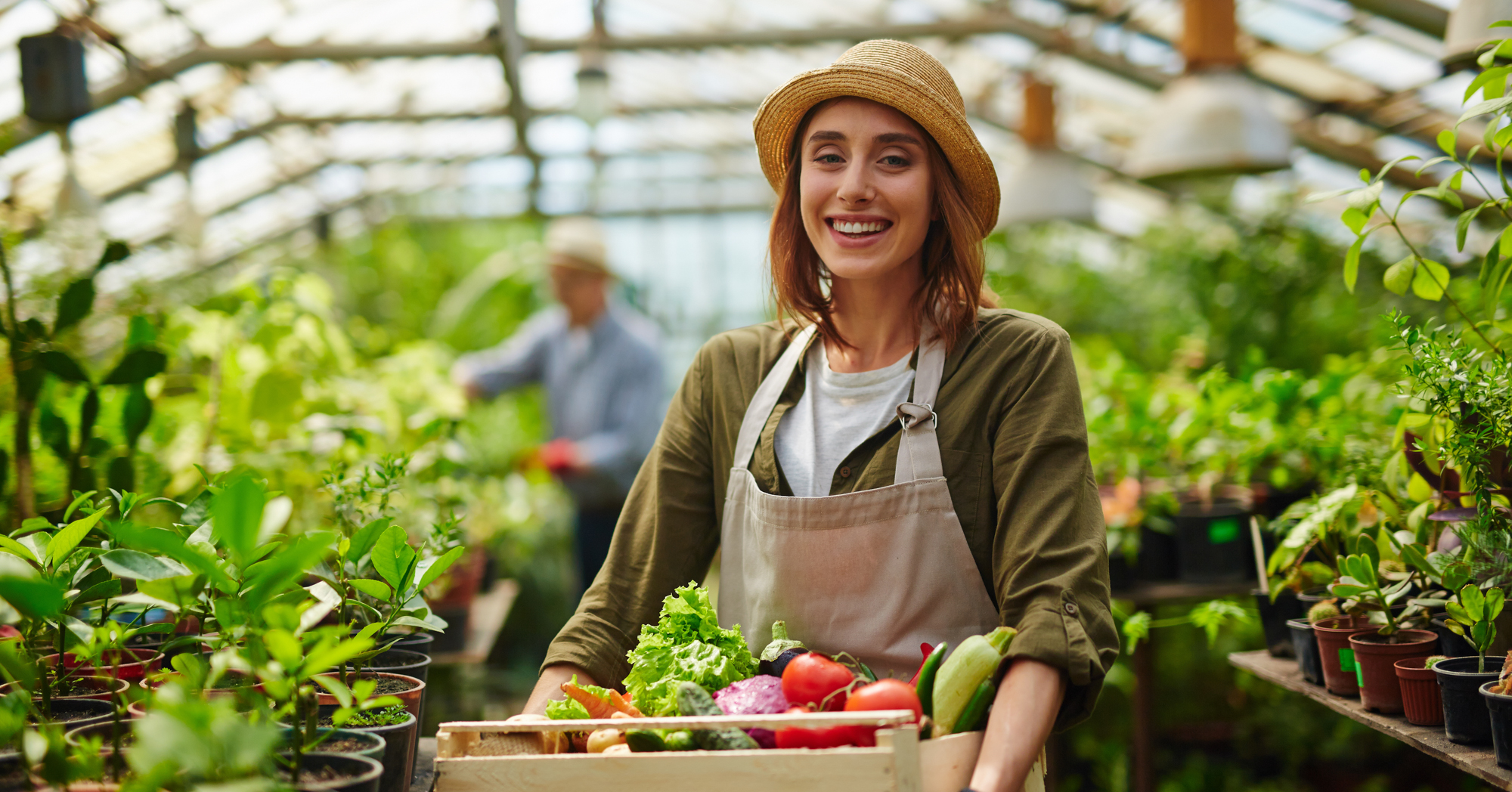
Gardening is a lot of fun but can also be quite overwhelming if you're just starting out. Naturally, new gardeners often learn from what they see more experienced growers doing. Sometimes this can lead to mistakes as beginners don't have the same knowledge and experience. These mistakes can be avoidable, but you have to know what to look for.
Butterflies Can't Resist These Flowering Plants
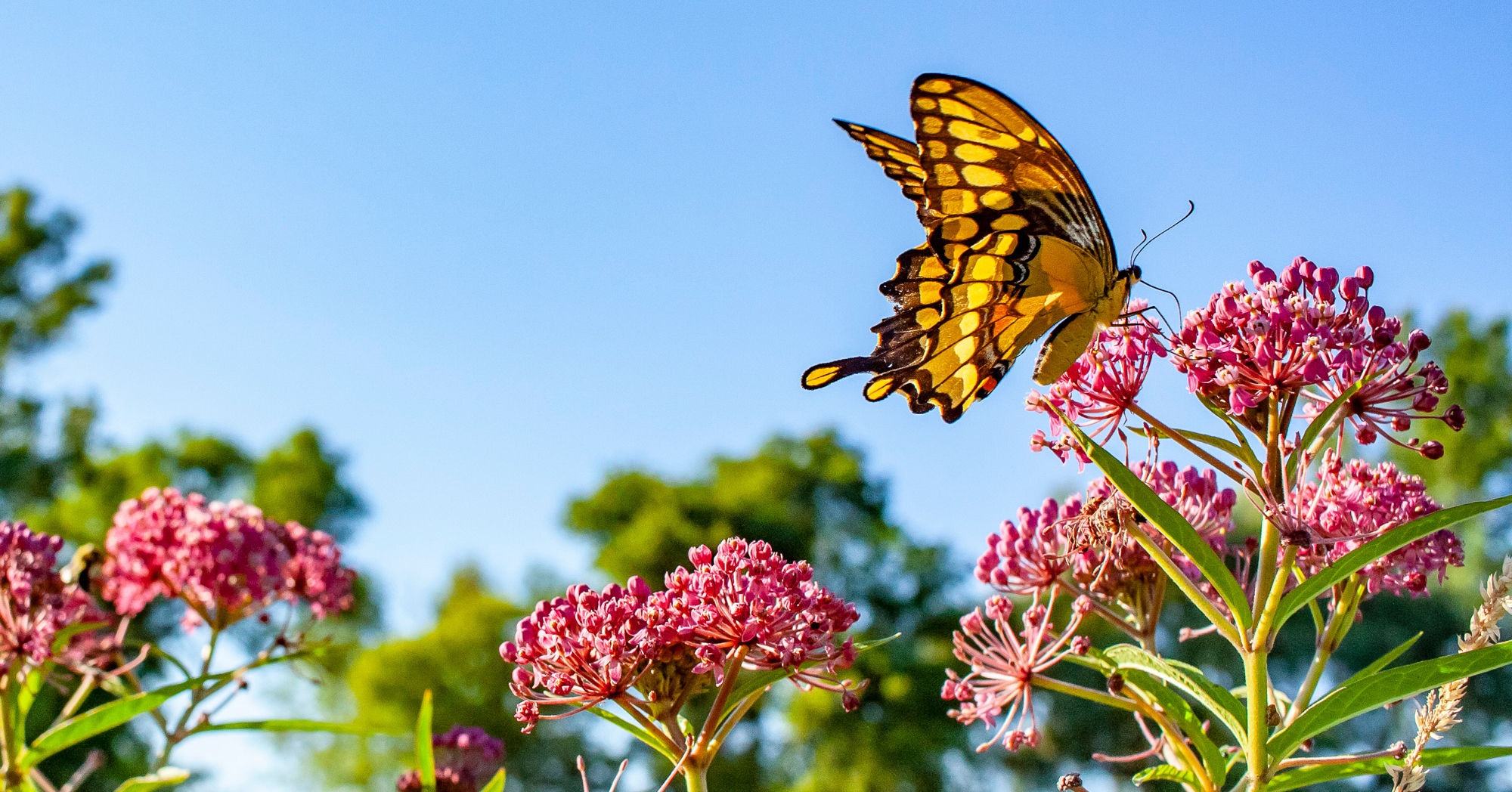
Watching butterflies around your garden is a great way to relax and unwind. Encouraging these beautiful insects to come into your yard is as simple as growing plants they're attracted to. While nearly any flowering plant will bring butterflies into your garden, the plants in this list are tried-and-true butterfly favorites.
9 Easiest Vegetables to Start Growing in Your Garden
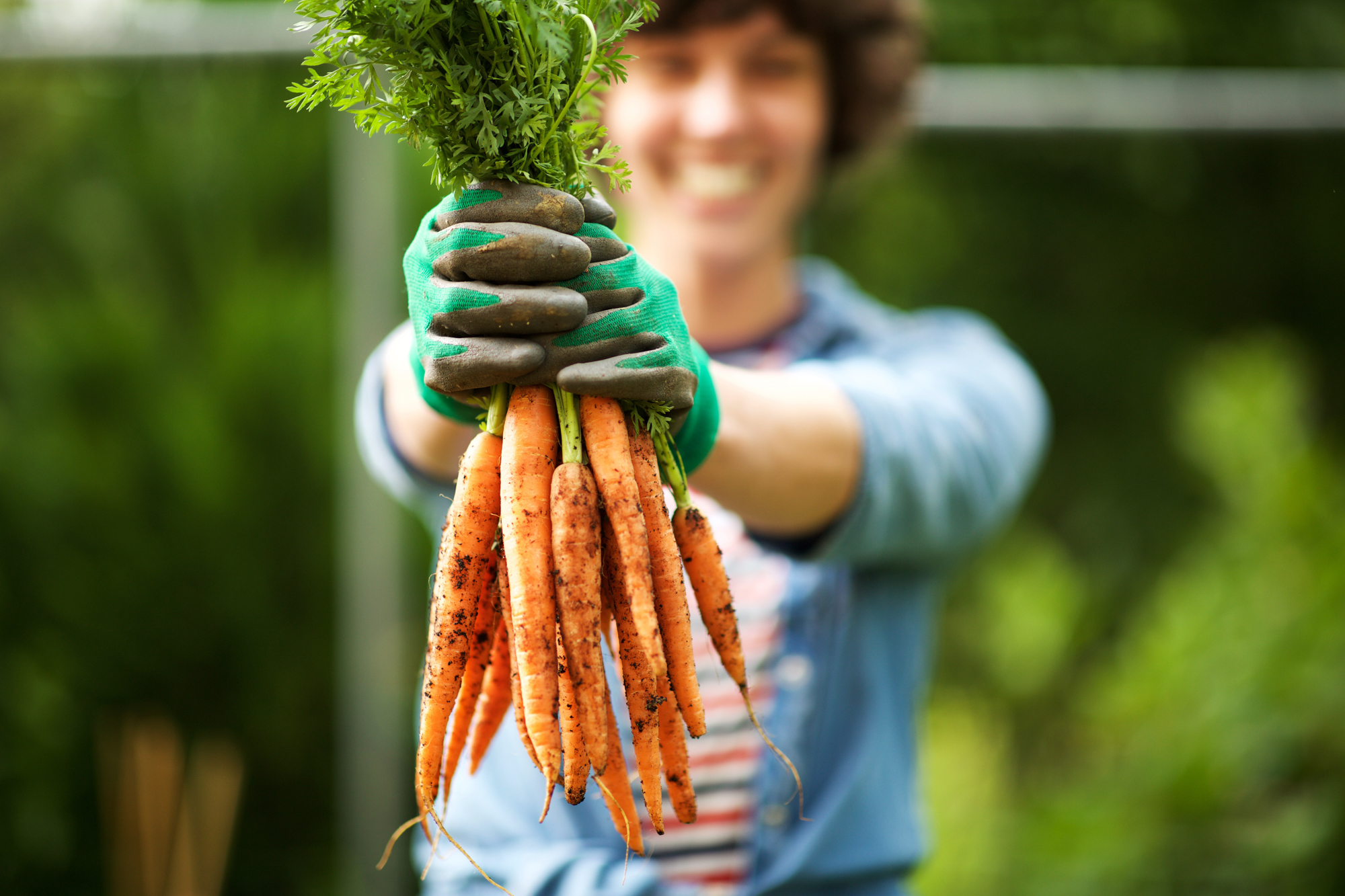
What could be more fun than harvesting your own vegetables throughout the summer? If you're ready to have fresh produce from your own garden, these vegetables are great to start with. Not only are they easy to grow, but they're popular options that you'll love eating raw or cooked in a delicious meal.
This article originally appeared on Succulents and Sunshine.